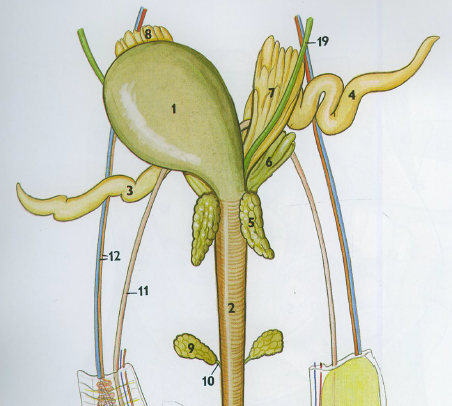
by NMGeorge | Apr 20, 2023 | Small Mammals
Guinea pigs are commonly affected by lower urinary tract disease, including uroliths and infection. It’s important to be familiar with the anatomic peculiarities in these species when approaching these cases. In female guinea pigs, the urethral opening is...
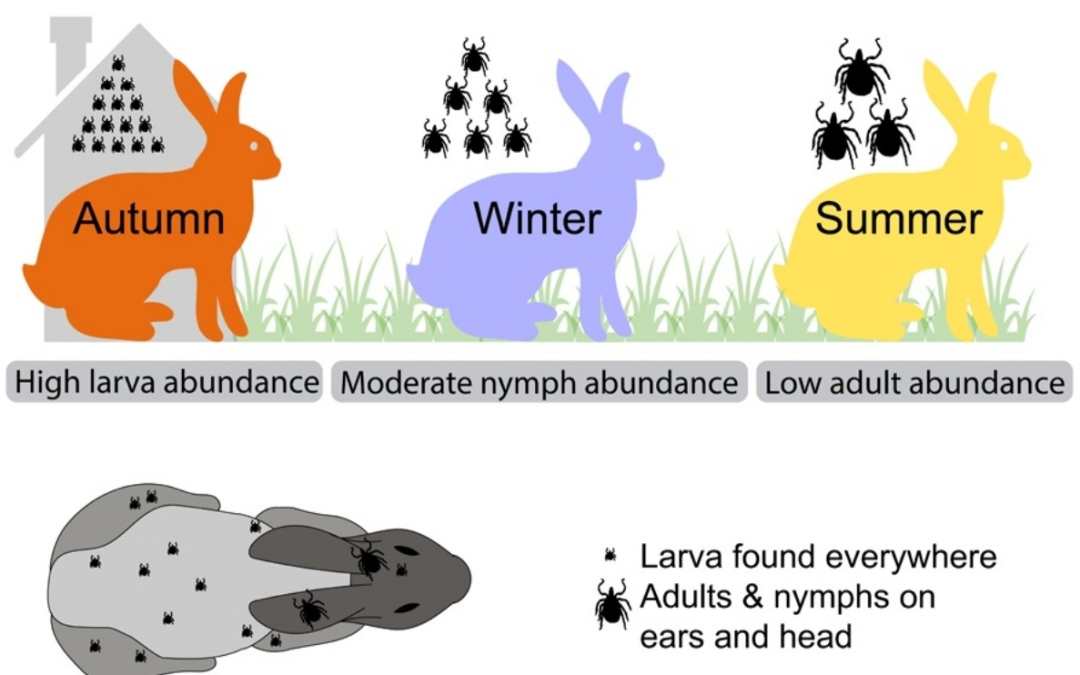
by NMGeorge | Apr 13, 2023 | Small Mammals
Do rabbits get paralysis ticks? Do rabbits get tick paralysis? Rabbits are hosts to ticks but appear relatively resistant to the neurotoxic effects of Ixodes holocyclus. A study on wild rabbits in Sydney found that most rabbits had quite a burden of larval...
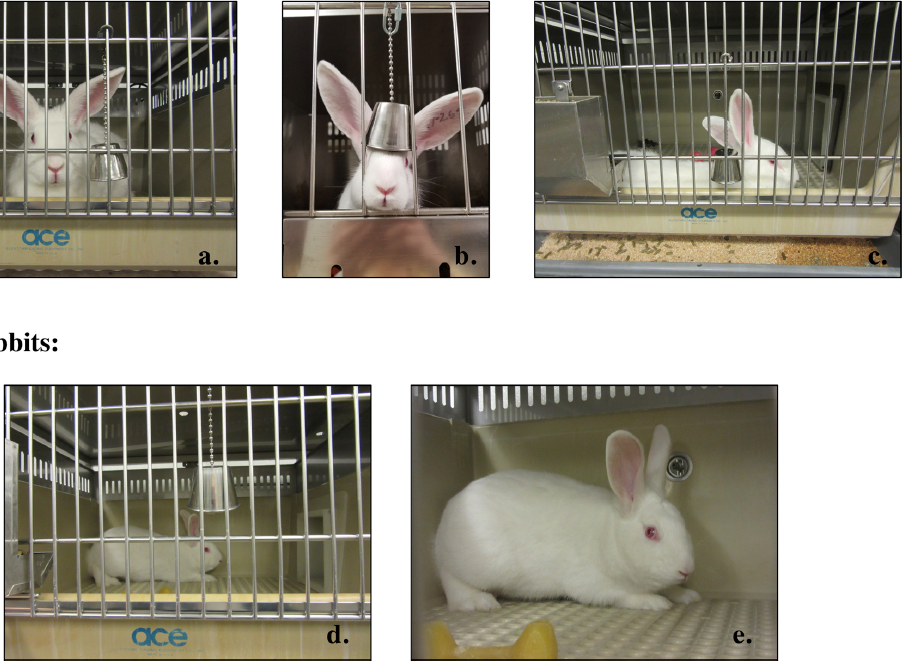
by NMGeorge | Mar 30, 2023 | Small Mammals
Rabbits are reported to have a higher risk of anaesthetic-related complications compared to dogs and cats. A study has found that anxious rabbits are more likely to experience intra-operative apnoea and cardiovascular instability. However, pre-operative assessment and...
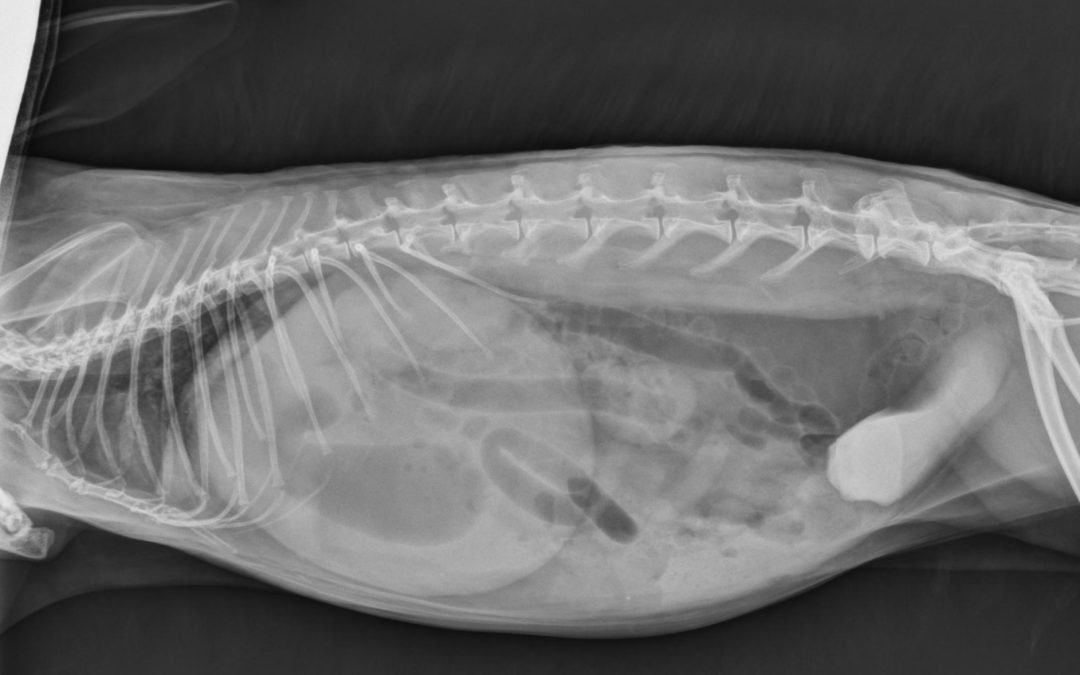
by NMGeorge | Mar 16, 2023 | Small Mammals
Hutches are still a permanent home for many pet rabbits, but they come from the old days of rabbit farming and the lab animal world. They are not a suitable home for rabbits. They can cause a myriad of health problems, one of which is bladder sludging. Rabbits absorb...
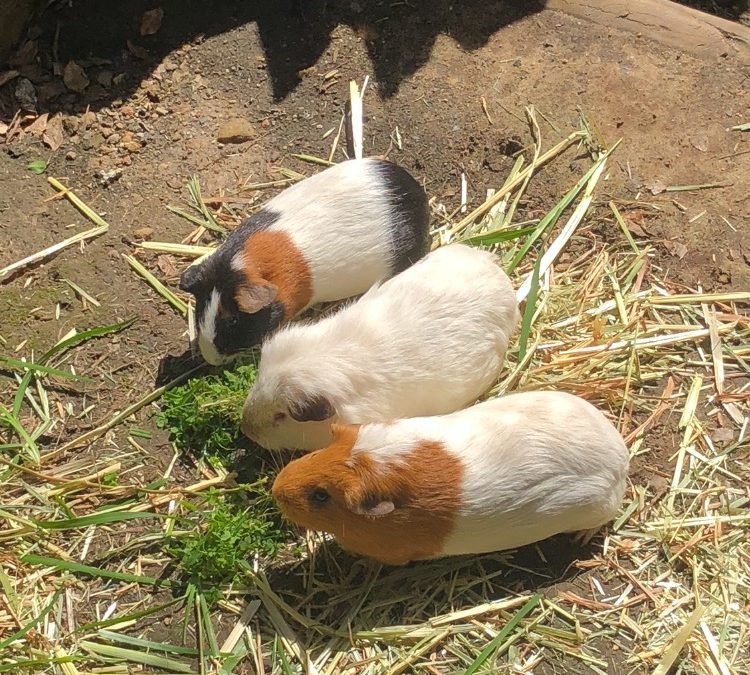
by NMGeorge | Feb 16, 2023 | Small Mammals
Guinea pigs, like people, require a dietary source of vitamin C because they lack the enzyme required for the conversion of glucose into ascorbic acid. Most animals have this enzyme and so don’t require dietary vitamin C. Vitamin C deficiency is called...
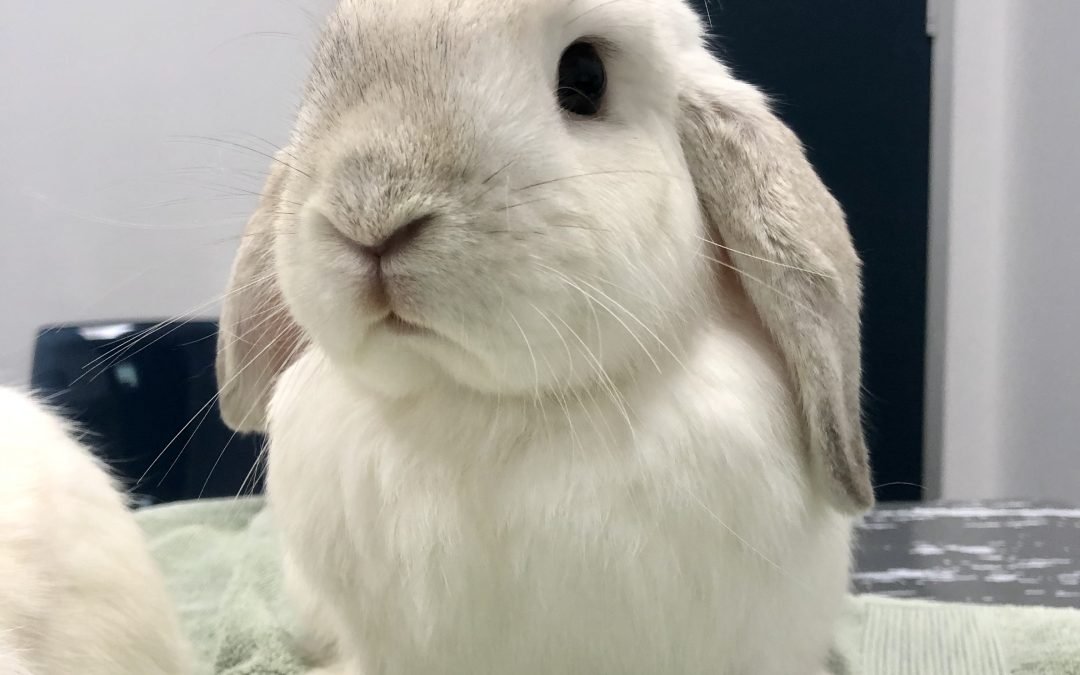
by NMGeorge | Feb 2, 2023 | Small Mammals
There seems to be quite a range of meloxicam dosages published for rabbits, ranging from 0.2mg/kg to 1.5mg/kg! One reason is due to differences in study design and objectives. Some studies looked at pharmacokinetics of meloxicam, while others looked at efficacy of...







